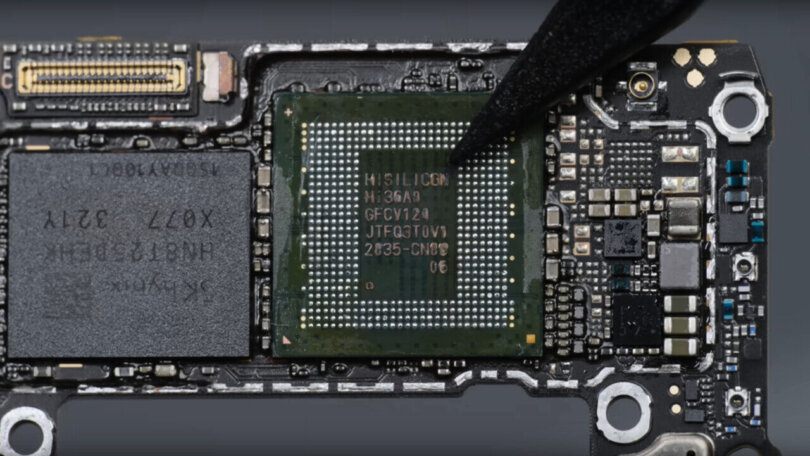Chinese technology giant, Huawei, in collaboration with the largest chip producer, SMIC, have produced the most advanced Chinese chip to date despite U.S. sanctions. It is the Kirin 9000s.
The 7 nanometer (N+2) chip that brings 5G communication capability back to Huawei’s devices was unveiled in the Huawei Mate 60 Pro that was released in September 2023.
The Kirin 9000s die measures 107 mm2, 2% more than the Kirin 9000’s 105 mm2. And although this chip is 3 to 5 years behind the most advanced chips (2nm), its relevance lies in that:
- It is a domestic production that gives Huawei and SMIC independence from sanctions by third countries.
- It was estimated that such a breakthrough would take China / Huawei between 5 and 10 years but it was achieved in much less time.
- It highlights the inefficiency of unilateral trade sanctions for political purposes.
- It gives a new and necessary alternative to countries that have used technology for political and economic purposes.
- It allows Huawei to get back to producing very commercially competitive equipment.
Some remaining questions I have about the new chip is how economically viable it is compared to the competition and what the annual production capacity is.



